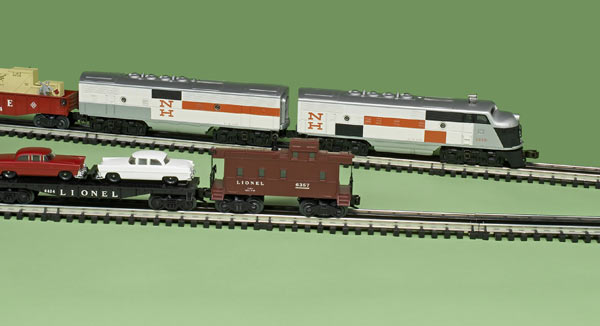
LIONEL CONTINUES TO MINE POSTWAR NOSTALGIA with another entry in the firm’s Conventional Classics series. Conventional Classics is, of course, Lionel’s product line of affordable copies of distinctive postwar train sets.Up for examination today is the no. 2507W New Haven diesel Freight set which reprises an outfit from the 1958 catalog. As with the Thunderbird […]
Read More…
The toy train hobby, like any other, has its own language. We at Classic Toy Trains try to avoid using confusing jargon wherever possible, but we know there are some terms we use that may confuse new readers. Even if you’ve enjoyed trains for years, you may still run across terms that aren’t clear, or […]
Read More…

THE LIONEL HHP-8 STARTER SET IS A STRIKING, TOTALLY-OUTSIDE-THE-BOX CONCEPT. Taking a step or three away from the typical 4-4-2-powered starter set, the HHP-8 set features a unique locomotive and some interesting passenger cars. This is a modern outfit (most sets are based on railroad equipment from the 1940s or ’50s) that looks pretty sharp […]
Read More…
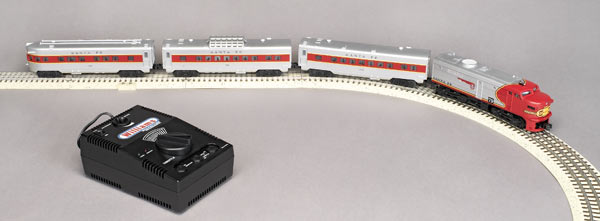
WHETHER YOU ARE AN ADULT OR A CHILD, I’D SPECULATE THAT YOU GOT INTO MODEL RAILROADING WITH A STARTER SET.No matter the scale, that first starter set can make or break your interest in the hobby. A well-constructed set with interesting components can snag you and make you want more. By contrast, a poorly made […]
Read More…
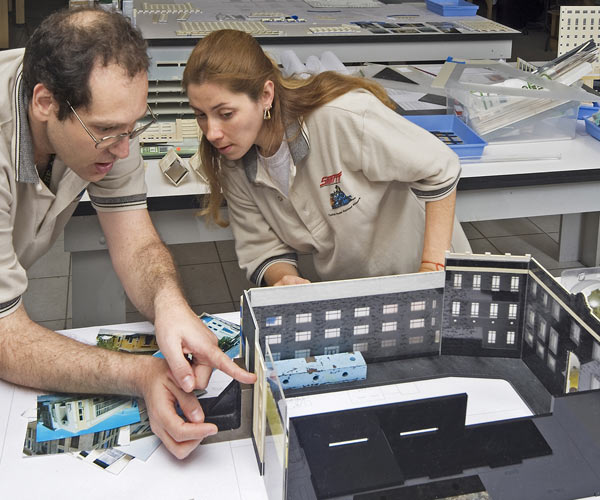
Having a professional builder design and construct a toy train or scale model railroad may not be for everyone. But for those who want to take full advantage of 21st-century technology this may be the way to go. CTT Visits a layout factory […]
Read More…
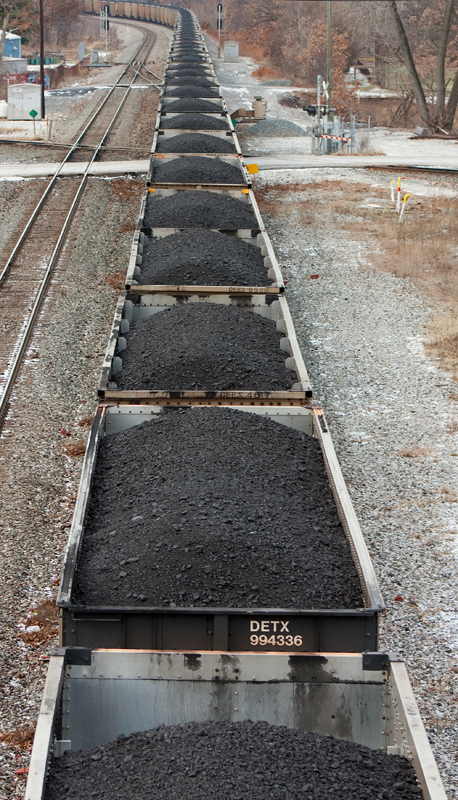
BNSF 9801 led this coal train through Willow Creek, Ind., on Jan. 1, 2009. DETX 994336 is one of 5,700 coal cars owned by Detroit Edison Co. Kathi Kube It’s easy enough to identify reporting marks for Class I railroads, as well as a multitude of short lines and regionals, but the reporting marks on […]
Read More…
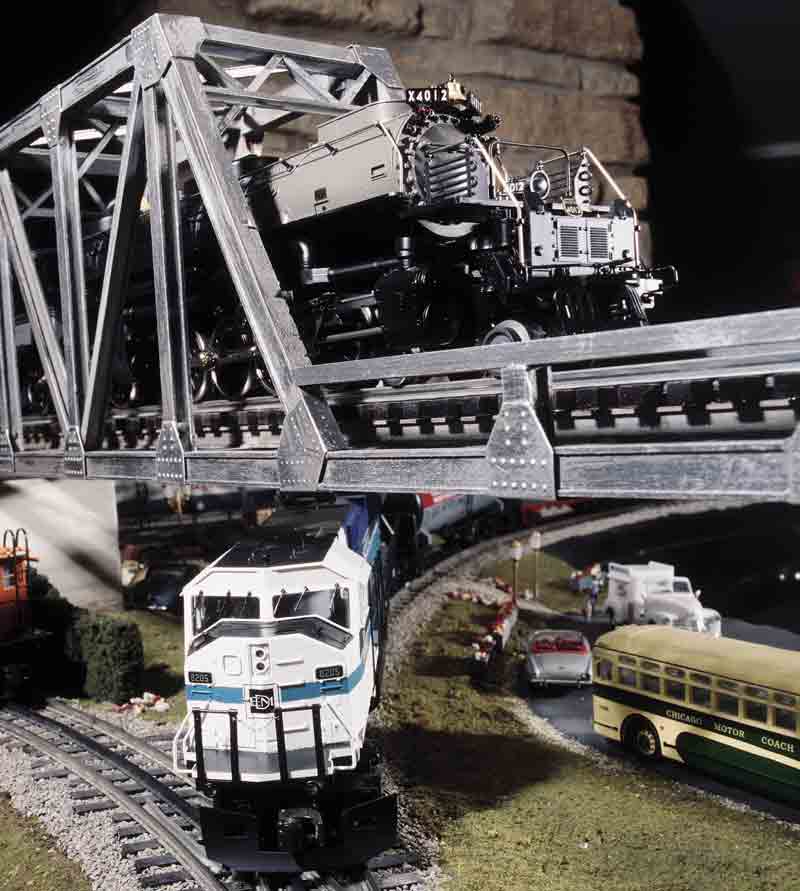
Bob Porges has a rudimentary case of nostalgia backwards. Bob’s layout isn’t a reflection of the toy trains of his childhood – rather, it is a reflection of his life. In virtually every corner of his O gauge layout, you’ll find vignettes of Bob’s childhood, his family, his career, and even his financial portfolio, all […]
Read More…
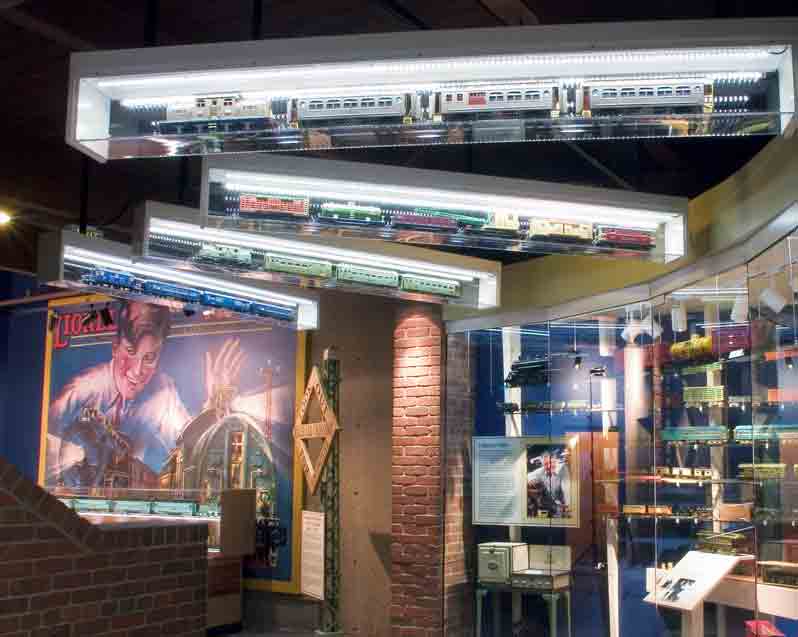
What’s that? This is the summer when you visit every NASCAR track and Elvis memorial in Dixie? Forget it. Your passports are ready so you can take the kids to Six Flags over Cambodia? Put ’em away. There’s a family reunion in Wisconsin and you promised to bring the cheese curds and bratwurst? Let the […]
Read More…
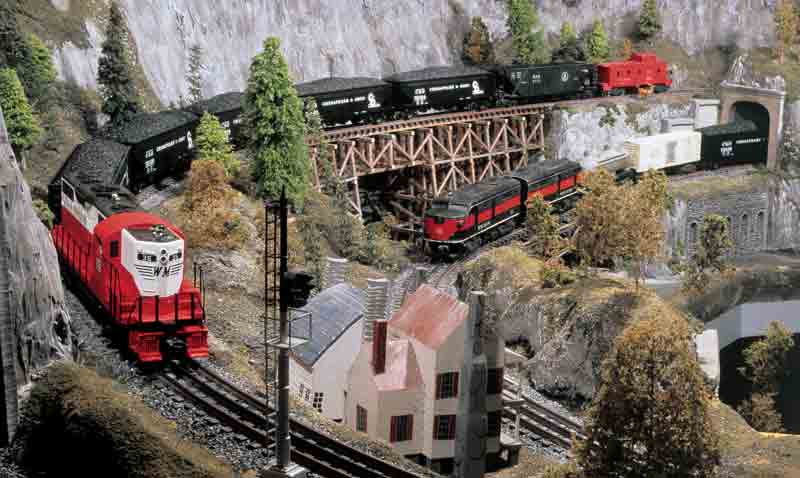
Here’s a classic tale of a kid who badly wanted to play with his trains, but couldn’t – at least not right away. Find out exactly what we’re talking about! Jack Fox had to wait for his O gauge layout […]
Read More…
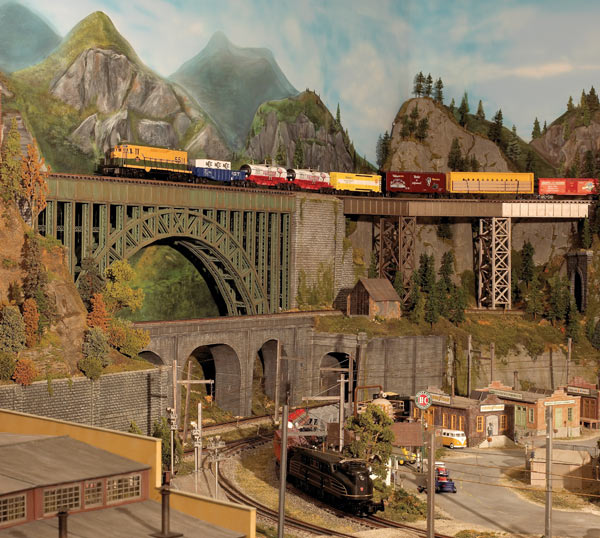
One of the most notable changes in the toy train hobby over the past 10 to 15 years has been the emergence of businesses that design and build layouts. Companies under the direction of an imaginative leader oversee construction of O and S gauge railroads for individuals as well as museums and other public institutions. […]
Read More…









